
Laura Meroni
Collections Cabinet by Bartoli Design
USD 24,255
Ships in 9-10 weeks

Discover the beautiful Villa Cora and how a recent restoration has brought back the magnificence of its frescoes, marbles and eclectic décor, while enhancing the comfort and luxury offered by this one of a kind hotel.
Villa Cora is a place unique in the world built at the end of the 19th century inside a centuries-old park that overlooks the Boboli Gardens, just outside Florence. A recent restoration has brought back the magnificence of its frescoes, marbles and eclectic décor, while enhancing the comfort and luxury offered by this hotel.
Its 45 rooms and suites, all impeccably decorated in their original style and featuring accents of antique furniture, are divided between the main villa and two adjacent buildings, recently restored as well to preserve the original architectural details: Villino Eugenia, a small guesthouse with 14 different accommodations featuring exotic ceiling decorations, where guests can also enjoy a state of the art wellness center and a healthy restaurant, and La Follie, a small guesthouse located at the edge of the park with only two rooms for total privacy.
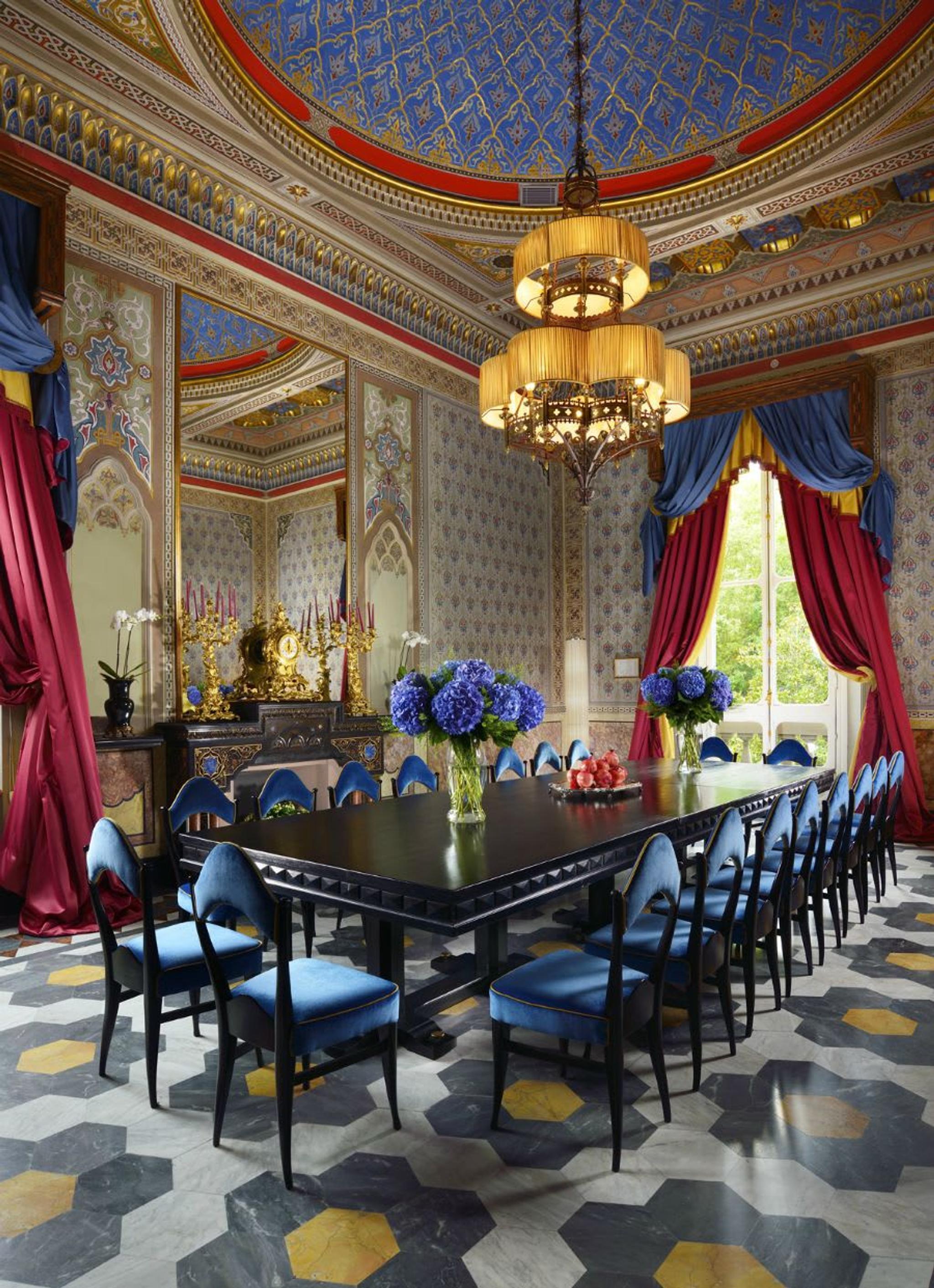

What are the main styles and architectonic influences of Villa Cora?
The villa is an aristocratic residence built at the end of the 19th century upon commission by Baron Oppenheim and its architectural influences are noticeable in the wide-ranging décor and the mix of different designs. Every floor has a different style: the first floor features breathtaking original frescoes; the second floor is dedicated to the ex-empress Eugenia, widow of Napoleon III, and her passion for roses; the third floor is a homage to the East with its Moorish and oriental styles; finally the fourth floor and its suite are inspired by the style of America in the 50s.
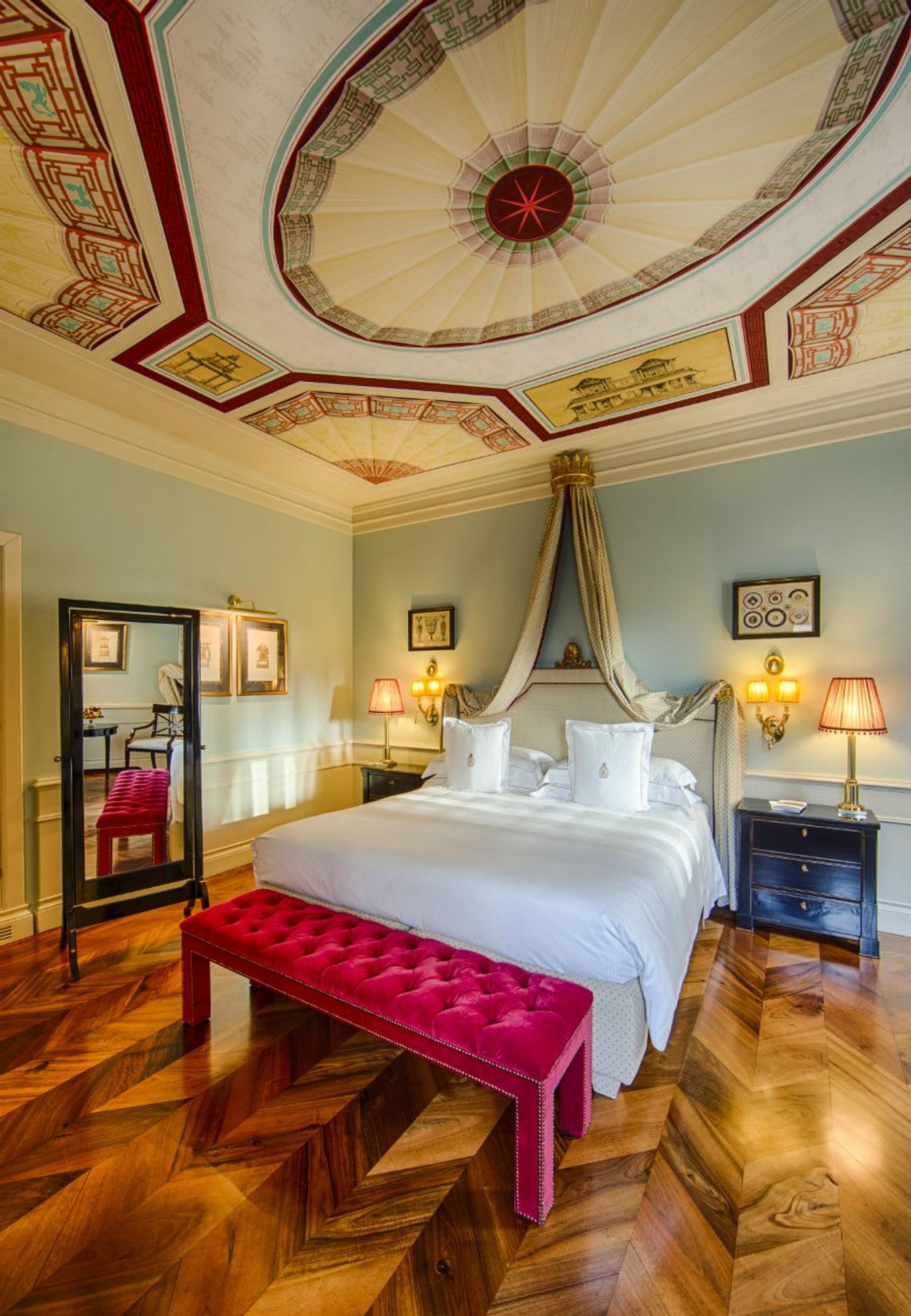

Who are the famous guests who spent time here?
Many personalities walked among these rooms, starting with Baron Oppenheimer, who built it and almost destroyed it, jealous of the infidelities of his wife Eugenia Fenzi, one of the most important members of Florentine nobility at the end of the 19th century. Luckily, the chief of police at the time was alerted of the Baron’s plot to burn the palace down, and nothing happened. Thanks to this, many artists and celebrities came to Villa Cora, including a very young Claude Debussy who, only 8 year old, participated in a concert for Baroness Von Meck (a patron of the arts who had a ten-year long correspondence with famous composer Tchaikovsky). We also need to mention ex-empress Eugenia, widow of Napoleon III, who chose this villa as her residence and to whom the entire second floor is dedicated.
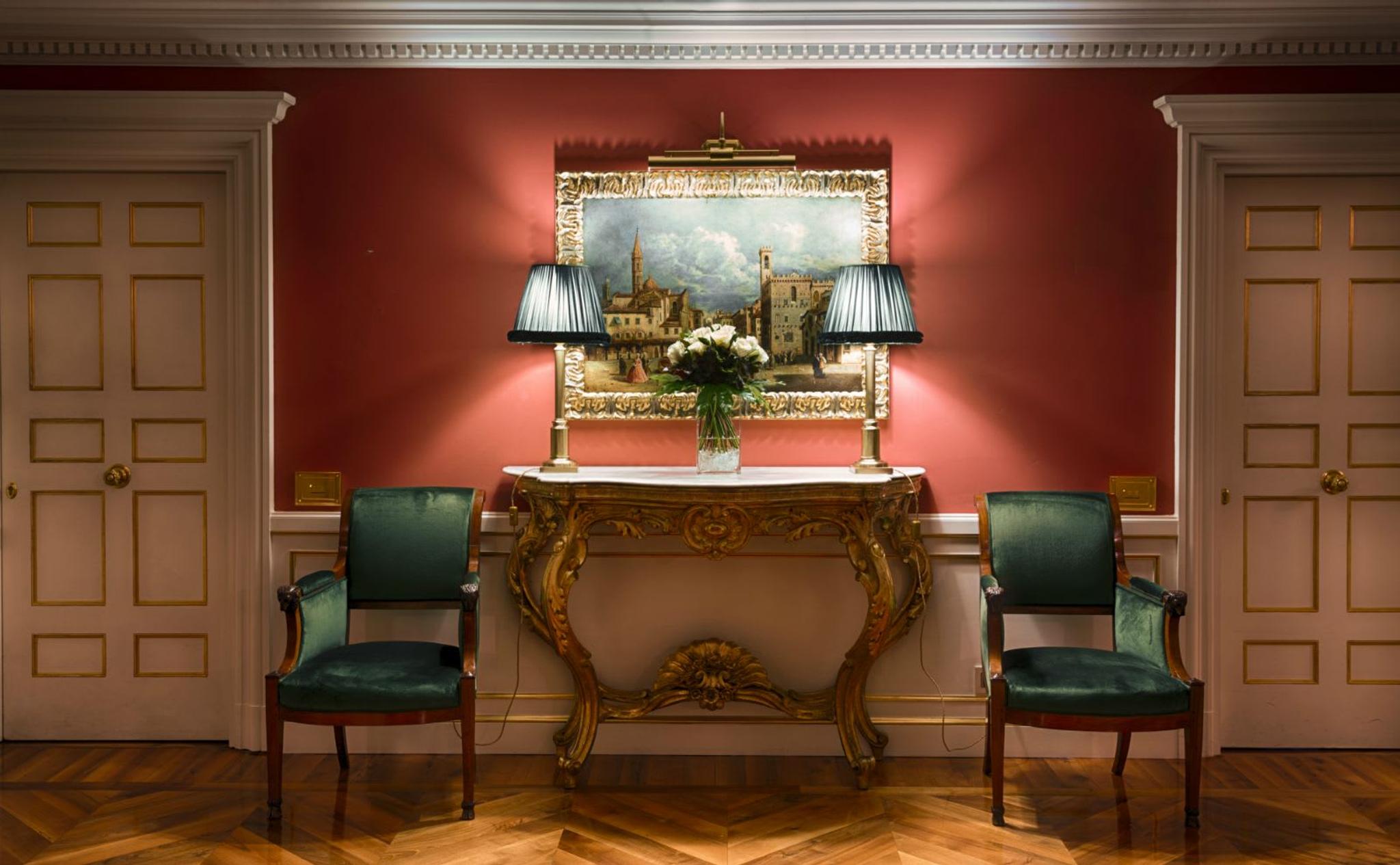
How much does Italian tradition influence the experience that Villa Cora offers to its guests?
Today, Villa Cora gives its guests a special welcome, offering a curated experience inspired by the Florentine art of hospitality. In this building, the guests can still sense the original spirit of this place, thanks to a service that pampers them and makes them feel at home.
Talk us about the recent renovation of the building.
Villa Cora re-opened its doors in January 2011 after a massive three-year restoration that intended to preserve the original, authentic elements of the place. Today, its guests are in awe of the majesty of the villa with its frescoes, the magnificent marble decorations and the opulence of the grounds. To the absolute splendor of the villa, the managers have added an impeccable service with a superior standard of excellence for comfort and technology.

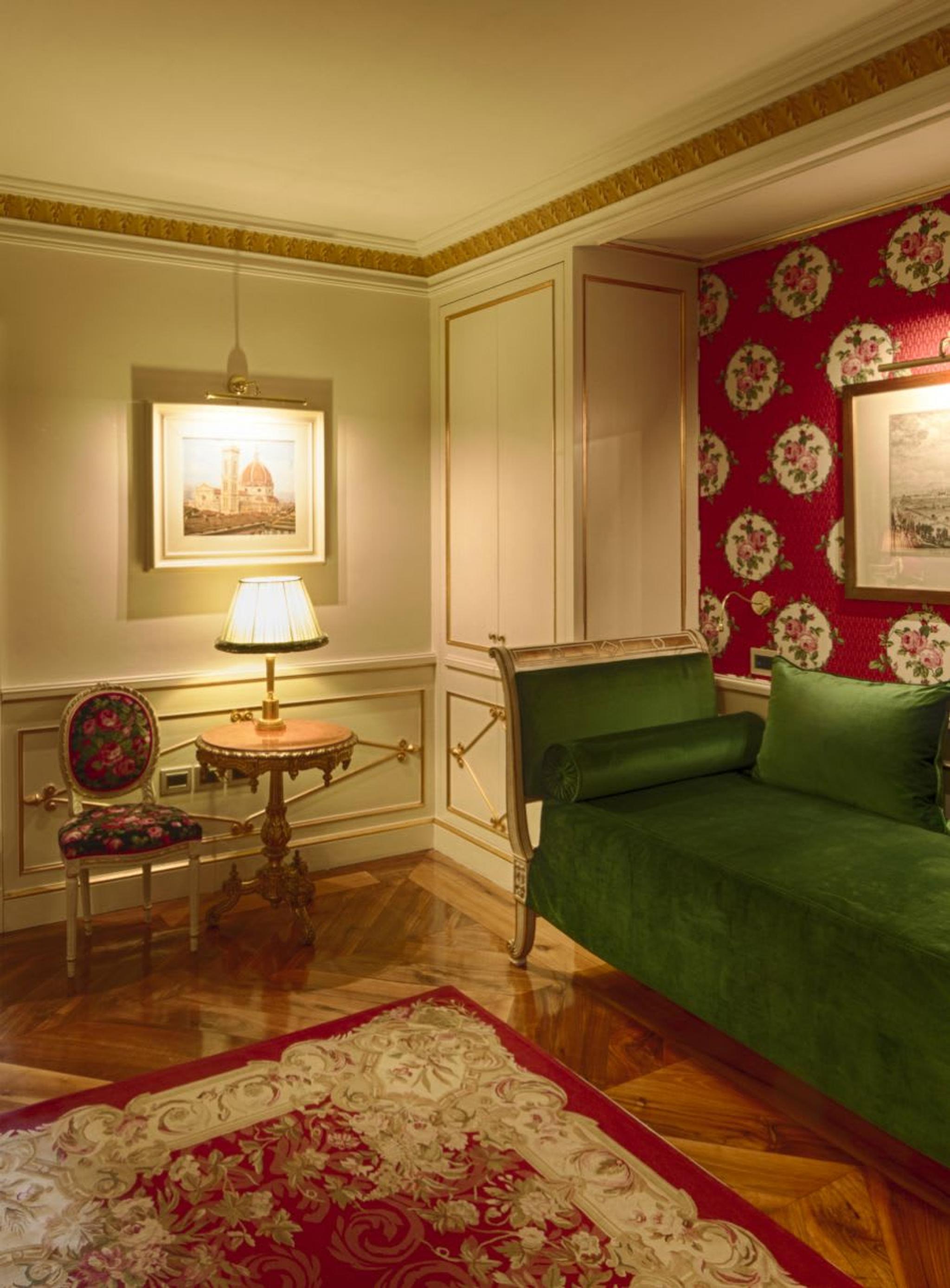
What is the décor used for rooms, halls and other areas of the hotel such as well as the spa and the garden?
Each of the 45 rooms still features original decorations, sophisticated bedding, and antique pieces of furniture for a warm and cozy effect. Every detail is designed to create a unique environment where luxury, beauty, and elegance harmoniously coexist with the highest level of comfort. All the rooms feature flat-screen satellite TV, electronic safe, Wi-Fi connection, local products in the minibar, and air conditioning. The suites also include a Nespresso coffee machine.
The common rooms are luxuriously decorated and ideal for events, presentations, or business meetings. The Sala Moresca, with its oriental allure, is ideal for exclusive dinners or meetings for up to 20 people. The Salone degli Specchi, considered in the past the most striking ballroom in Florence, is the largest and most magnificent room in the villa, and its baroque decorations are the prefect backdrop for a lavish evening party. The Sala delle Carte is dedicated to serenity and calm, for a quiet tea in the afternoon or a peaceful reading. The Sala Bianca, with its monumental fireplace in white Carrara marble and a neoclassical sculpture, is devoted to smoking. Finally, on the fifth and final floor, the Bellevue Roof Terrace is a large and elegant terrace overlooking the city with a comfortable lounge area furnished with white sofas and cushions the color of the sky. As if this wasn’t enough, the villa is surrounded by an almost 1,000-squarefoot garden all’italiana with majestic trees that are hundreds of years old. Here the guests can enjoy more than 100 varieties of roses that add pastel color accents of white, pink and salmon to the evergreen bushes.
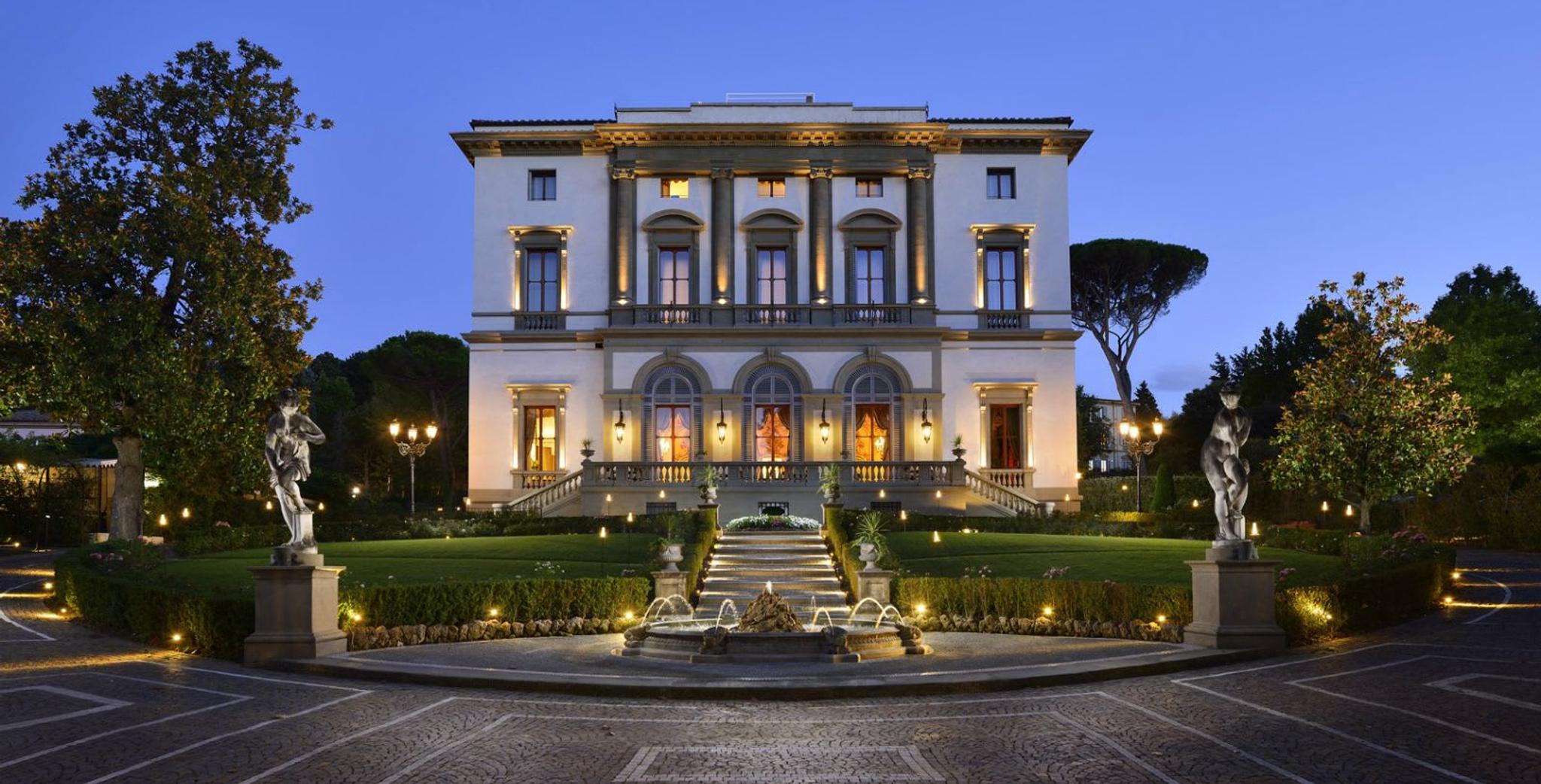
How can you preserve the prestigious heritage dating back to the 19th century of Villa Cora, symbol of Italian excellence and quality without compromises?
We preserve the heritage of this special place because we respect its tradition and have a great passion for this job. We are aware of having in our hands a great patrimony to manage and protect, a one-of-a-kind place that is magical and rich in history.
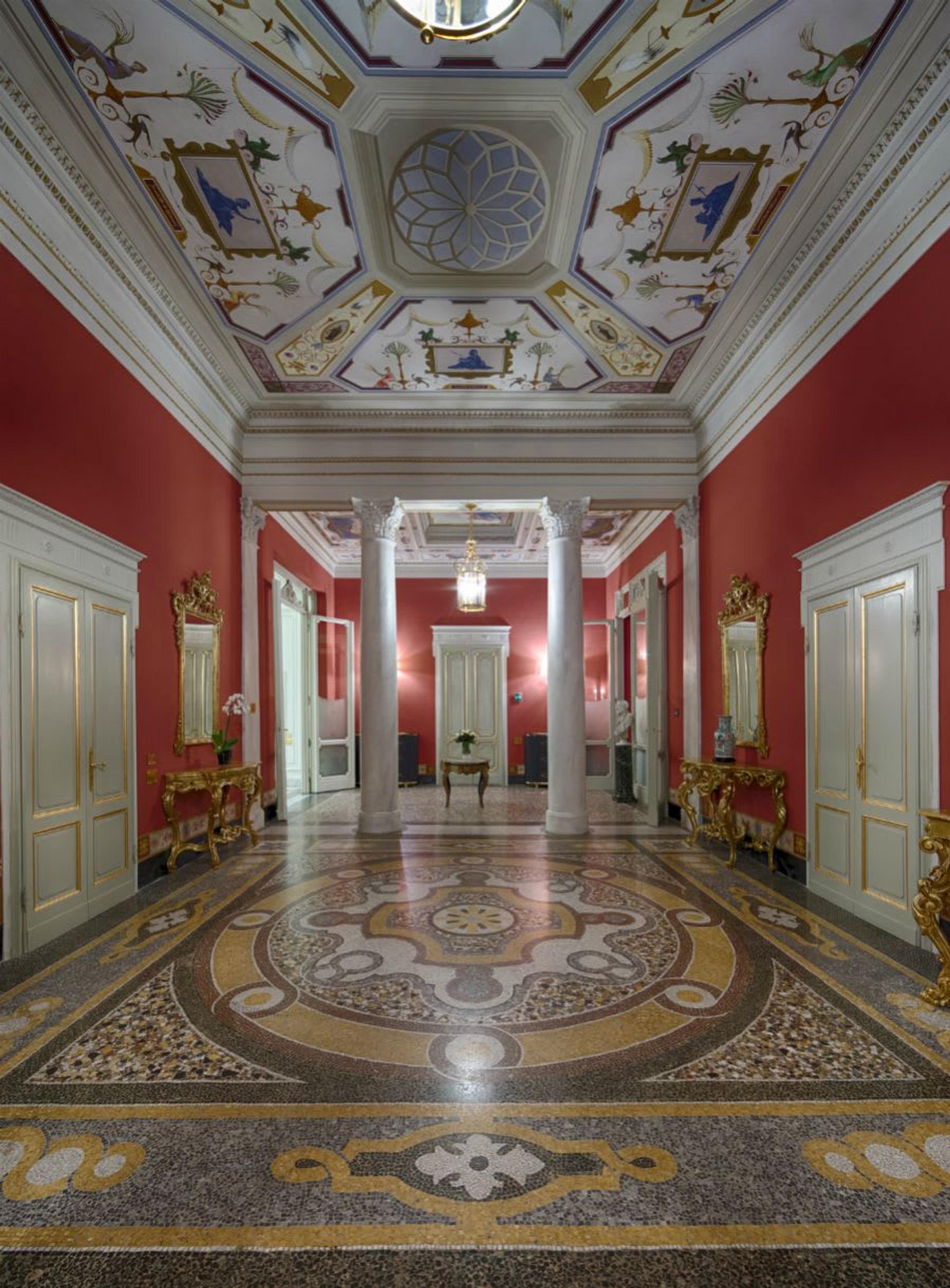
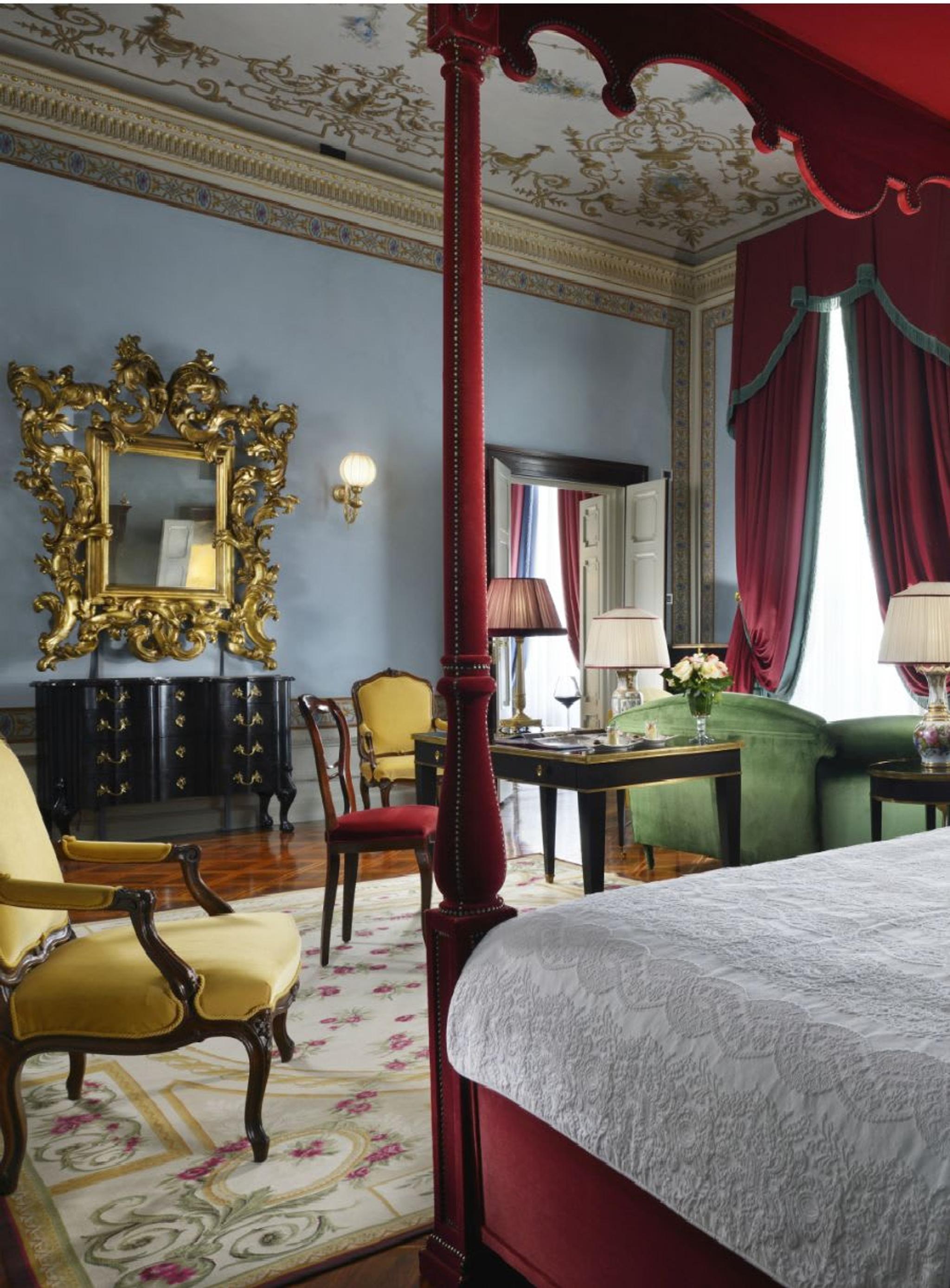

Laura Meroni
USD 24,255
Ships in 9-10 weeks

Mangani 1958
USD 1,350
Ships in 1-2 weeks

Mangani 1958
USD 540
Ships in 1-2 weeks
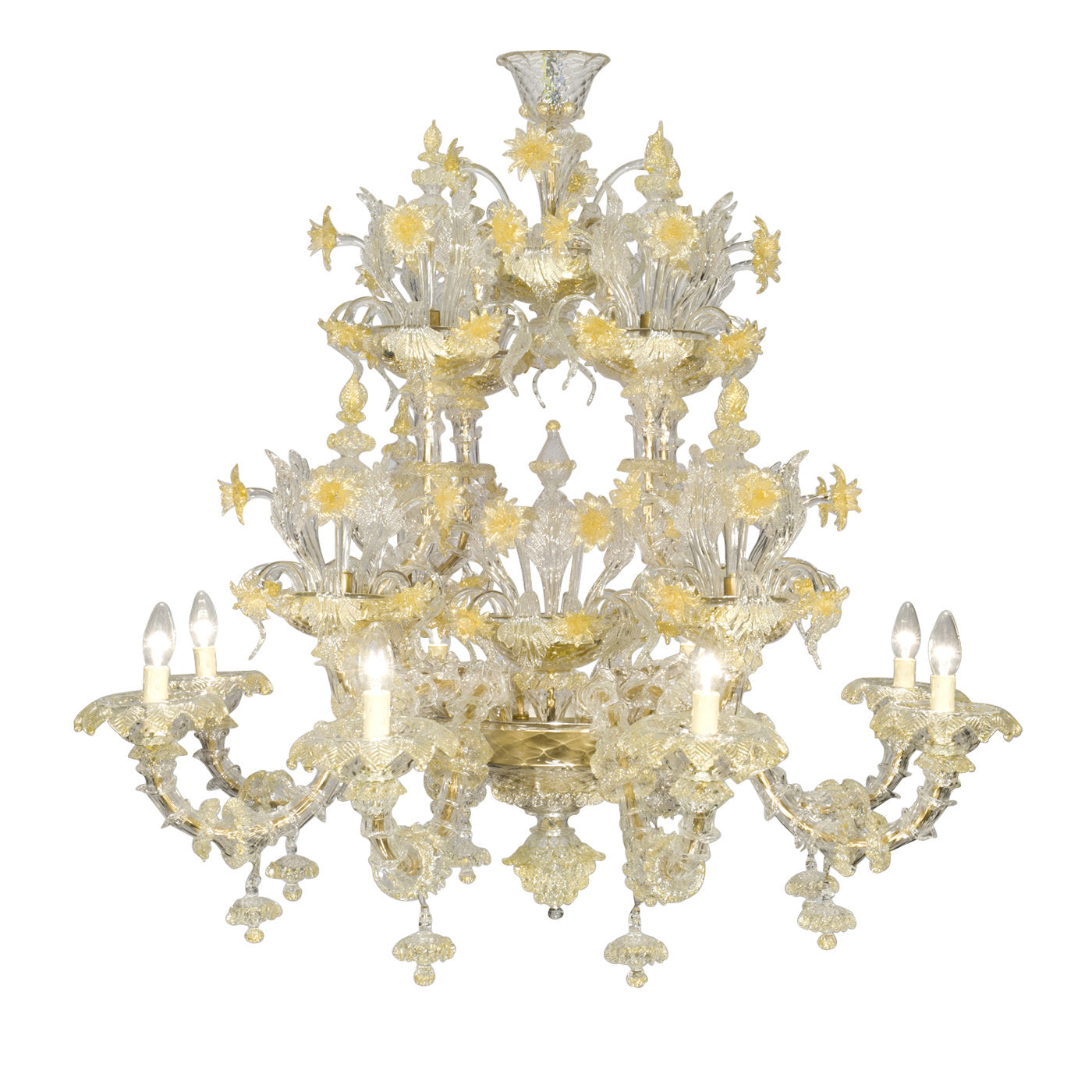
Striulli Vetri d'Arte
USD 29,325
Preorder

Creart
USD 3,980
Ships in 3-4 weeks

Mangani 1958
USD 1,000
Ships in 1-2 weeks

Perched on top of Orvieto hamlet, is located Palazzo Petrvs, a charming residence where time stand…
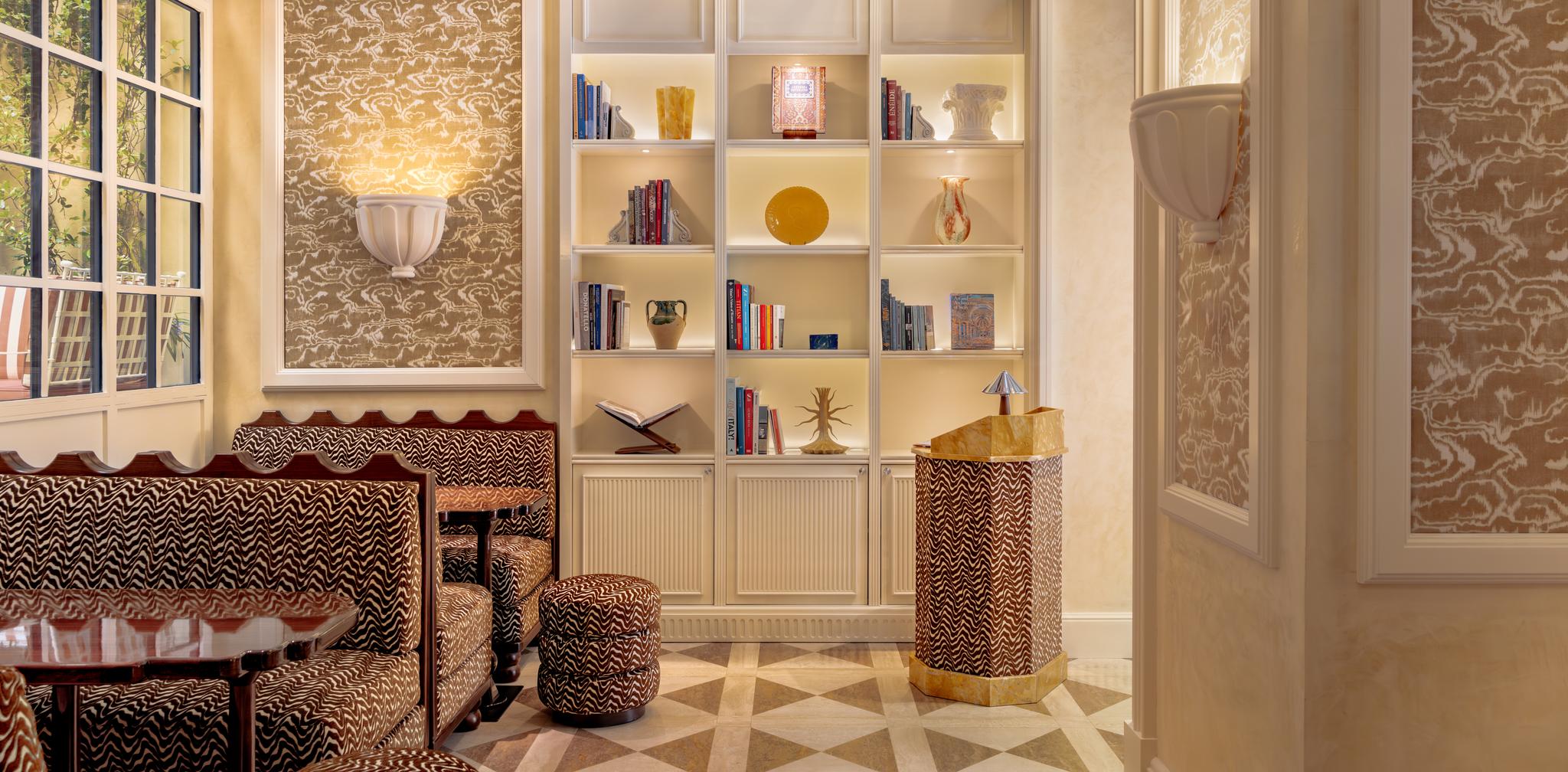
In the heart of the historical Monti district of the city of Rome, lies the artistic house Casa Mo…